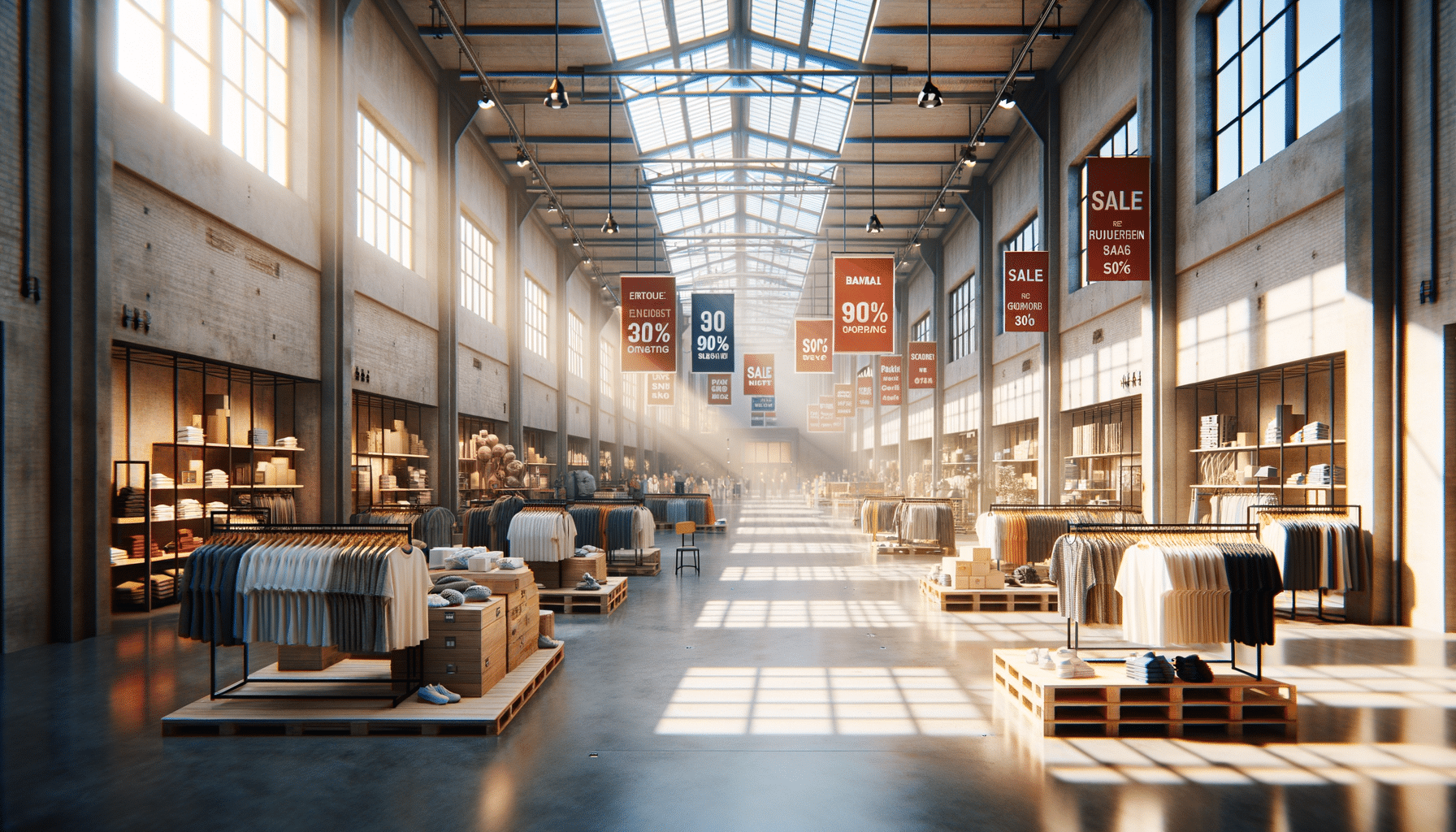
Storyboarding for Success: Planning Your Video Shoots
Effective videography often starts long before the camera rolls. Storyboarding is a crucial step in planning your video shoots, ensuring that your creative vision translates seamlessly from concept to screen.
Storyboarding is more than just a preliminary sketch for filmmakers; it’s a roadmap that guides the entire production process. By visualizing each shot in advance, videographers can streamline their shoots, save time, and enhance the narrative flow.
The Importance of Storyboarding
Noted filmmaker Christopher Nolan once emphasized the significance of storyboarding, stating that it helps directors “see the movie in their heads before it’s made.” This insight underscores the value of planning each scene meticulously to avoid costly reshoots and ensure a cohesive story.
Benefits Backed by Research
According to a study by the American Film Institute, projects with detailed storyboards are 25% more likely to stay on schedule and within budget. This statistic highlights the efficiency gains that come with thorough pre-production planning.
Real-World Example
Consider the case of a small production team working on a short film. By crafting detailed storyboards, they were able to visualize complex scenes involving multiple actors and locations, which significantly reduced on-set confusion and improved team collaboration.
Tips for Effective Storyboarding
- Start Simple: Begin with basic sketches. You don’t need to be an artist; stick figures will do.
- Focus on Key Scenes: Identify critical moments in your script that require detailed visualization.
- Use Storyboard Software: Tools like Canva and Storyboard That offer templates and digital tools to streamline the process.
- Incorporate Feedback: Share your storyboards with your team to gather input and refine your vision.
Consider using a color code for different elements like characters, movement, and lighting to make your storyboards even clearer.
Storyboard Structure
| Element | Description |
|---|---|
| Frame Number | Indicates the sequence of shots |
| Visuals | Basic sketches or images of the scene |
| Action Notes | Description of movement or activities |
| Dialogue | Any spoken words or voiceover |
| Sound Effects | Audio cues or background sounds |
| Camera Angles | Type of shot and perspective |
| Lighting | Notes on light sources and shadows |
| Duration | Estimated length of the shot |
Frequently Asked Questions
What is storyboarding in videography?
Storyboarding is the process of creating a visual representation of your video, outlining each scene or shot.
Why is storyboarding important?
It helps plan the shoot, saves time, and ensures that the final video aligns with the creative vision.
Do I need special skills to create a storyboard?
No, basic drawing skills are sufficient, and there are digital tools available to assist you.
Can storyboarding help with budgeting?
Yes, by identifying necessary resources and reducing unexpected expenses.
In conclusion, storyboarding is an invaluable tool in videography. It not only helps in visualizing the project but also ensures a smooth production process. By incorporating storyboarding into your workflow, you can elevate the quality of your video projects and achieve greater success in your creative endeavors. So, grab your sketchpad or open your favorite storyboard software, and start planning your next shoot with precision and purpose.


